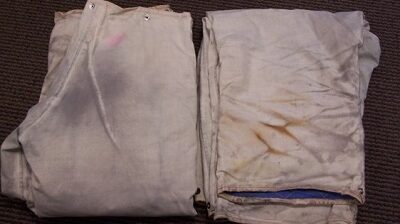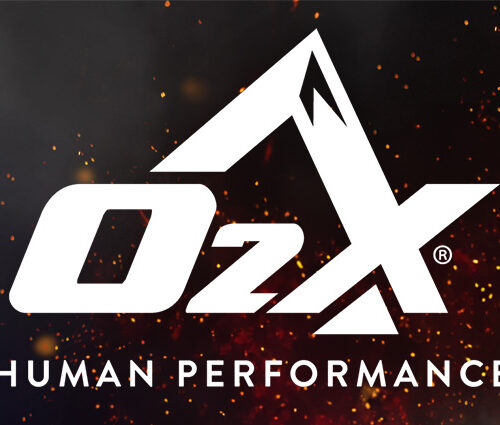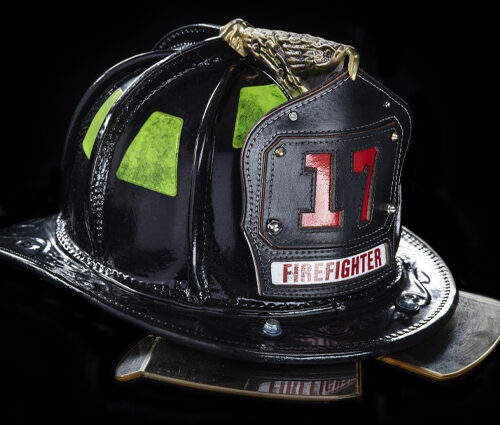
By Patricia Freeman, Technical Services Manager, Globe Manufacturing Company
The fire service has become extremely health conscious ‒ and rightly so. Proper cleaning, maintenance, and storage of protective clothing are essential to improving firefighter health and safety. However, there are some misconceptions about PPE that could hamper a firefighter’s ability to take a health-focused approach to these topics. With that in mind, let’s dispel a few myths with facts.
Myth #1: If I launder my gear too frequently, it will lose some of its flame resistance.
FACT: The outer shell, thermal liner, and moisture barrier fabrics that make up your three-layer turnout system, regardless of manufacturer, will NOT lose heat or flame resistance regardless of how many times they are laundered. These characteristics are inherent to the base fibers, which means they cannot be washed out, worn out, or dissipate with use.
Myth #2: Dirty gear is the sign of a seasoned veteran.
FACT: Dirty gear is the sign of an uninformed firefighter. The truth is that the byproducts of combustion are combustible. Even with the inherent characteristics, flame and heat resistance can be compromised if the garment is worn in an extremely soiled condition. For example, a fiber such as PBI (Polybenzimidazole) will not normally ignite unless in the presence of a super oxygen-enriched environment. However, if a PBI fabric was dipped in diesel fuel and then subjected to flame, the fuel would burn until there was nothing left, resulting in the PBI shell fabric becoming totally consumed. Additionally, firefighters are subjected to many different chemicals and contaminants, all of which can be absorbed into the protective gear and many of which are hazardous to the firefighters’ health. Advanced cleaning of protective gear is one imperative step to protecting the firefighter.
Myth #3: Where I store my gear is more important than how I store my gear.
FACT: Where you store your gear and how you store your gear are equally important factors. Gear that is stored wet, or is stored where wetness is present, can develop mold and other fungi. Additionally, storing soiled gear will cause impurities to become more deeply imbedded into the fabric fibers. If you are storing soiled gear, you are also storing all of the contaminants that may be present in that gear.
Myth #4: As long as I rinse my gear after every exposure, there is no need to launder further.
FACT: While rinsing at the scene is very important to removing surface soil and debris, it does not take the place of an advanced cleaning. NFPA 1851, 2014 edition breaks cleaning down to two levels: routine and advanced. Routine cleaning is done by the wearer at the scene and does not use nor require any mechanical action. Advanced cleaning is always done with a mechanical action and is required to be done at least once a year as a minimum or whenever a routine cleaning is obviously insufficient to remove dirt and grime. Rinsing with cold water (routine cleaning) is simply not sufficient enough to remove all of the contaminants to which firefighters are regularly exposed.
Myth #5: Small tears, burns, or cuts in my protective gear can be ignored as long as they are just minor.
FACT: A breach in any layer of the protective clothing must be addressed immediately. Smoke, chemicals, heat, and other hazards of firefighting can enter through any rupture in the protective envelope, regardless of how seemingly insignificant.
Myth #6: My backup gear is not as important as my primary set, since it is only used if my principal gear is for some reason unavailable.
FACT: Your “backup” gear becomes your front line gear the moment you don it and it must be treated with the exact same care and maintenance as your primary set of gear. Any protective gear should be considered as your primary protection.
Dispel the myths
So how do we dispel the myths and care for protective clothing? Consult the requirements per NFPA 1851, Standard on Selection, Care and Maintenance of Protective Ensembles for Structural Fire Fighting and Proximity Fire Fighting, 2014 Edition. It should be noted that this standard is a comprehensive user document, and all fire personnel should read it to get a fuller picture of PPE cleaning, maintenance, and storage.






